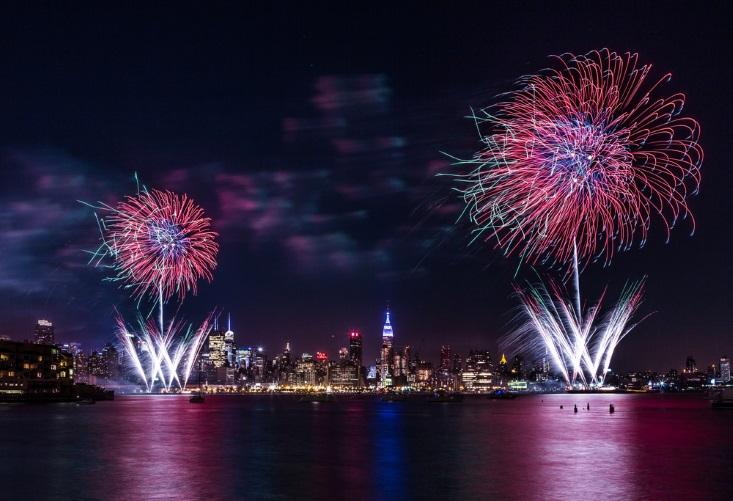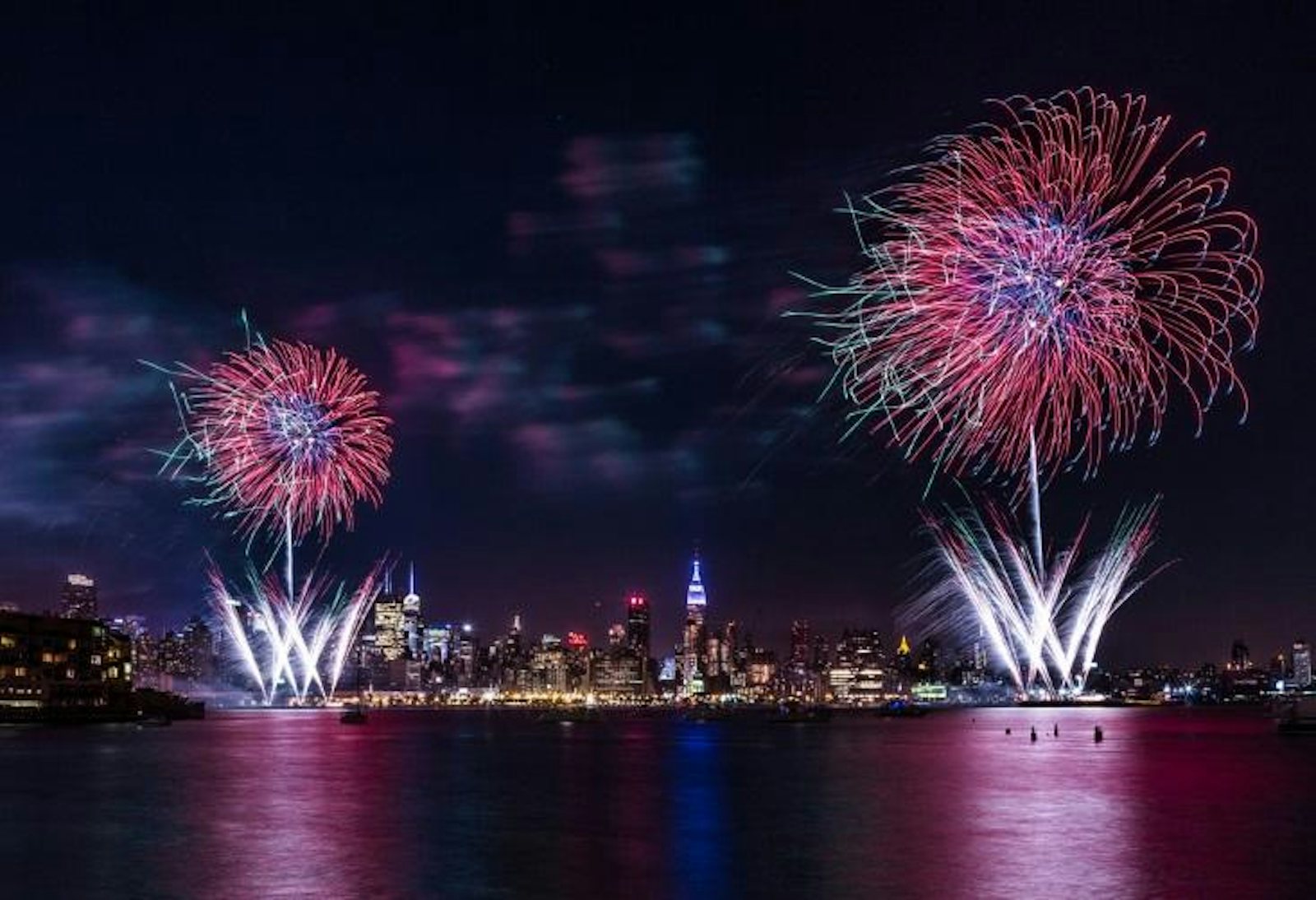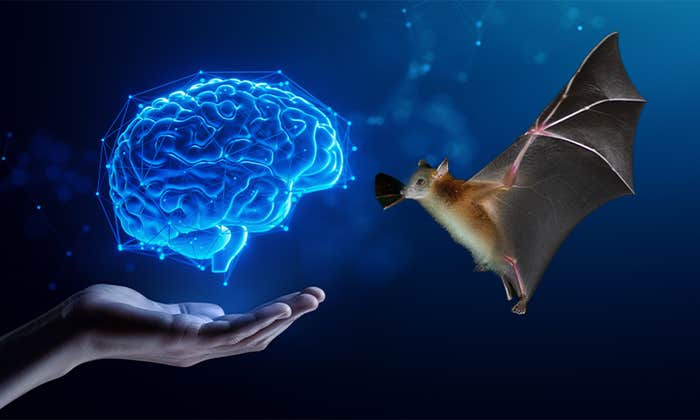Mother Nature can be a handful when she wants to be,” says John Conkling, the former technical director of the American Pyrotechnics Association and a professor emeritus of chemistry at Washington College. Except he used a stronger, more colorful word than “handful.” When it comes to fireworks, “she just doesn’t want to give you that perfect red color or that perfect green color. You have to work for it.”
But she especially doesn’t want to give away her secret recipe for blue. To this day, a deep, vibrant blue is still beyond our reach, despite the fact that fireworks were invented more than a millennium ago. It’s the holy grail for pyrotechnic experts.

During the 7th century, Chinese alchemists mixed potassium nitrate with charcoal and sulfur, therefore stumbling upon the crude recipe for gunpowder. Although the details of how people used the concoction have been lost to history, these three chemicals rammed into bamboo stalks could have created the first sparklers.
The combination works because the potassium nitrate helps break bonds in the organic molecules in charcoal, releasing abundant stored energy (chemically speaking, the potassium nitrate acts as an oxidizer); the sulfur helps the combustion start at a lower temperature. The energy released produces an orange glow. But it also prompts sulfur’s electrons to jump up into an excited state. Then moments later, when that atom reaches the edge of the flame, it cools off, and the electrons fall back to their ground state, releasing the extra energy as a faint yellow light.
The first fireworks were yellowish orange. And they didn’t change for over a millennium. But as our understanding of chemistry evolved, different chemicals became commercially available. By the 1800s, Italian tinkerers created the first modern fireworks displays. They added new colors, brightened those colors, and created different shapes. “It was just centuries of trial and error and the evolution of our modern era of chemistry that all merged to become today’s fireworks show,” says Conkling.
First the Italians incorporated trace amounts of metals to produce different hues. For each new metal, electrons would jump up into different excited states, and therefore emit photons with different amounts of energy—that is, different colors—when they fell back down. Strontium and lithium both produce deep reds; calcium creates an orange color; sodium generates yellow; barium burns green; copper creates blues; and finally titanium and magnesium burn silver or white. Combining chlorine with barium produces neon green flames and combining it with copper produces turquoise flames.
“It’s a bit like playing The Price is Right, because as you raise the flame temperature, the colors get brighter and brighter, but if you get too hot, then you destroy the [metal] species that’s emitting the color. You have to balance.”
But finding those perfect combinations didn’t come easily, and the effects of various combinations are surprisingly unpredictable. Even today you can’t simply input a certain color into a computer, run a model, and wait for it to output the required combination of chemical elements. Instead you have to zero in on that sweet spot through trial and error, says Conkling. It’s still an art.
New fuels, which control the combustion temperature, also became chemically available. “Suddenly the temperatures of your flames [after switching] from charcoal to aluminum or magnesium were 1,000 degrees hotter than they had been,” says Conkling. “And this really brightened up fireworks from being rather calm colors to really vivid colors.”
But again there’s an art to it. “It’s a bit like playing The Price is Right, because as you raise the flame temperature, the colors get brighter and brighter, but if you get too hot, then you destroy the [metal] species that’s emitting the color, and you just get a washed-out white,” says Conkling. “You have to balance.”
This is especially true for blue, which is by far the hardest color to produce. Although pyrotechnics can produce a blue flame using copper, it’s easily destroyed in high temperatures. No one has yet found that perfect combination of chemicals that gives both a deep and bright blue. At best, blue is dim in comparison to some of the other colors. It also blends more into the night sky.
Conking, however, thinks that a deep and vibrant blue exists. “It’s lurking somewhere out there,” he says. “It just hasn’t been found yet.”
Shannon Hall is a freelance science journalist based in New Hampshire. Follow her on Twitter @ShannonWHall.
This classic Facts So Romantic post was originally published in July, 2015.


























